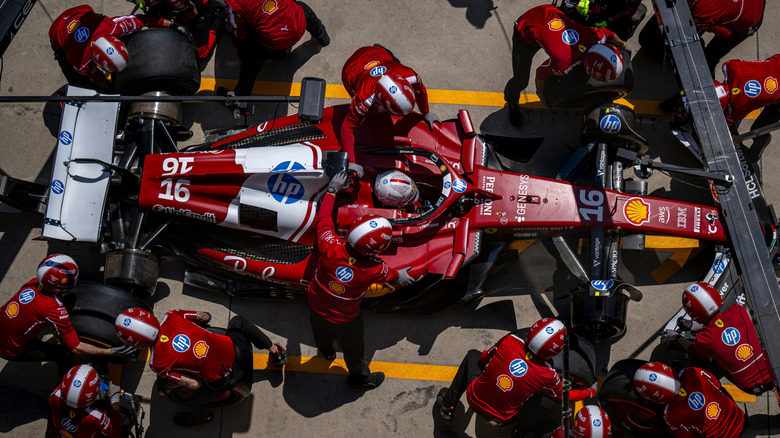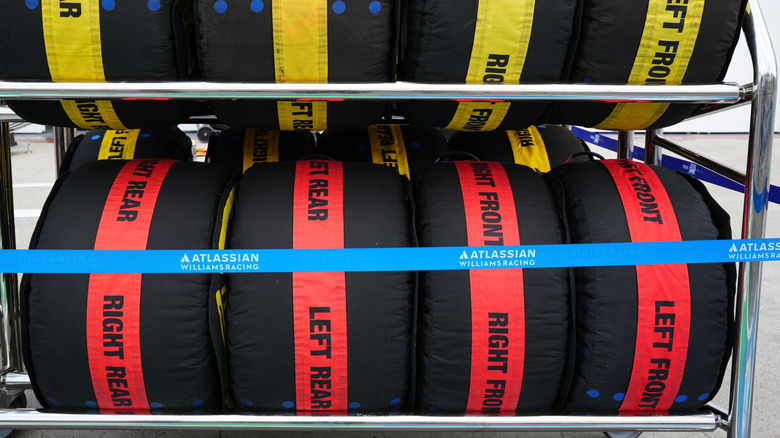The “Formula” in Formula 1 racing is a carefully crafted 340-page document with distinct sections for Technical, Sporting, and Financial considerations – at least for this year anyway. The FIA reviews its rule book annually in hopes of continually improving one of the world’s most-popular series of sporting events. All of which is to get to the point that F1 takes its rules pretty seriously, and that extends to its rules about the cars’ tires. Those rules apply to tires both before and immediately after a race, when they’re collected by Pirelli, the current sole supplier of tires for F1.
For example, not only do all cars have to follow rules about everyone using the same tires, but they’re also limited to starting each typical race weekend with 20 sets of them. When you consider there are 10 teams on the grid for each race, and 24 races to the season, that works out to about 4,800 tires a year. Keep in mind, also, that Cadillac is joining the series as the first American factory constructor in 2026, so they’ll need their tires, too.
It’s a lot of rubber from a source that’s becoming more and more well-recognized for its health hazards. Looking only at tire dust, the particles that come off tires during driving, which has been called “the DDT of our generation.” With that in mind, the short answer to what happens to all those tires is that they get recycled.
From the track back to Pirelli
Pirelli actually collects all the tires from the race weekend, regardless of whether they’re used or not, for two key reasons. First, before recycling them, the company’s engineers evaluate them to see how well they performed. Pirelli relies on that data, along with onboard telemetry from during the race, for both future improvements and to help select the specific rubber compounds offered for each race — a decision that Pirelli can make as close as two weeks before an event. In fact, this same data is used by Pirelli to help fine-tune its tires for the public as well.
To be clear, when Pirelli provides tires for an F1 race weekend, they’re the same tires but can be made from different compounds. That is, they’re made of different combinations of rubber and other materials with different performance characteristics — some of which are surprisingly great for off-roading. Pirelli has six compounds in total for the 2025 F1 season, and picks three for each race weekend. The individual teams can then choose which of those three compounds to put on their cars, although they have to use at least two.
F1 tires on the road to recycling
When Pirelli’s professionals are done with them, those F1 tires are then shipped to England, where they’re shredded and converted to small rubber pellets. The pellets are ultimately burned under extreme heat as tire-derived fuel to power concrete factories. No, burning tires doesn’t sound all that healthy, but a report in Outlook detailed Pirelli’s claims that recycling the pellets this way only results in “environmentally friendly” emissions and “non-poisonous fine ash.” Of course, bitumen is an admitted by-product of the process, but that can be used with asphalt for roofing and roads.
Another greenish aspect of F1 tires has to do with how they’re created. In 2024, Pirelli introduced F1 tires made with more sustainable rubber, earning certification from the Forest Stewardship Council, a nonprofit organization that supports sustainable forestry around the world. Notably, this includes a commitment to supporting human rights, promoting biodiversity, and taking into account the full supply chain for forest products.







